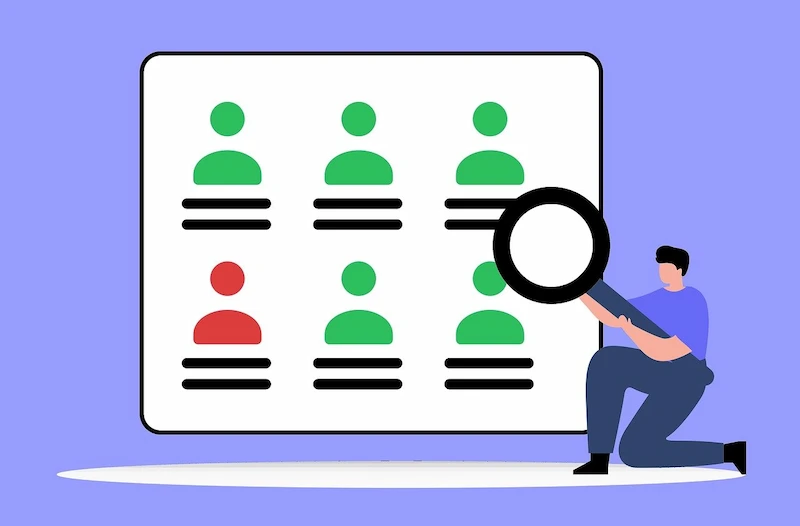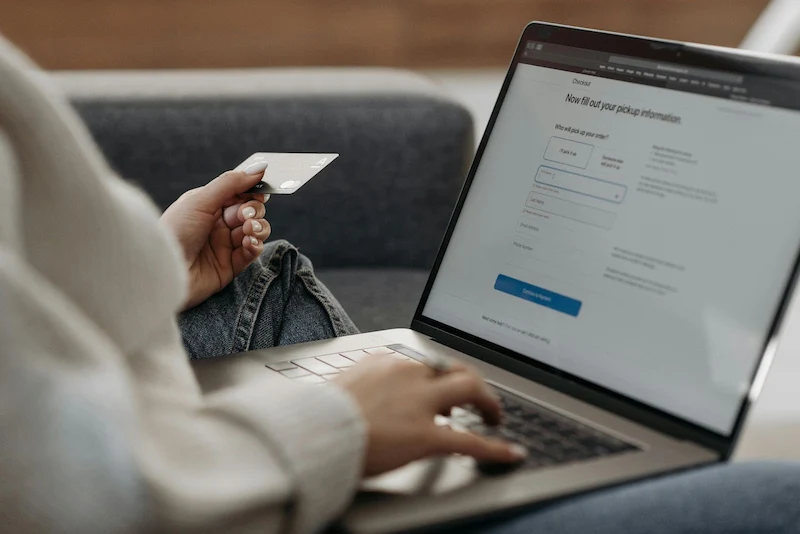Table of Contents
Safeguarding your digital content has never been more crucial than now. With the increasing number of platforms vying for our attention and personal information, it’s essential to reclaim your privacy and take control of your online presence. Whether you’re a casual social media user or a content creator sharing your work with the world, understanding how to protect your digital assets can make a significant difference in your overall online experience.
In this blog post, we’ll explore six effective strategies to enhance your privacy and maintain control over your digital content. From adjusting privacy settings to leveraging encryption tools, these actionable tips will empower you to navigate the digital landscape with confidence, ensuring that your personal information remains secure and your creative endeavors thrive. Let’s get started.
Utilize a Private Content Network for Enhanced Security
In an era where data breaches and unauthorized access are rampant, leveraging a Private Content Network (PCN) is a vital step in boosting your digital privacy. As highlighted by the team behind Kiteworks, a FedRAMP-authorized Private Content Network (PCN), allows you to store, share, and manage your content securely, providing a controlled environment that limits exposure to external threats. This ensures that only authorized users can access your data.
By implementing a PCN, you gain the ability to enforce strict access controls, monitor content usage, and establish a secure channel for sharing sensitive information with colleagues or clients, thereby enhancing your overall digital content protection strategy.
Regularly Update Your Privacy Settings
One of the simplest yet most effective ways to enhance your privacy online is to regularly update your privacy settings across all platforms you use. Social media sites, cloud storage services, and content management systems often change their privacy policies and default settings, which can unintentionally expose your information.
Take the time to review and customize your privacy preferences to restrict who can see your posts, share your content, and access your data. This proactive approach not only limits potential data leaks but also empowers you to control how your digital content is shared and viewed, ensuring it aligns with your personal privacy standards.
Use Strong Passwords and Two-Factor Authentication
A strong password is your first line of defense against unauthorized access to your digital content. Create complex, unique passwords for each account, combining uppercase and lowercase letters, numbers, and special characters. Additionally, enable two-factor authentication (2FA) whenever possible. This provides an additional layer of security by necessitating a second form of verification, like a code sent to your mobile device.
By adopting these practices, you significantly reduce the risk of hacking and unauthorized access to your online accounts. This proactive stance not only protects your sensitive information but also allows you to control how your digital content is accessed and shared.
Encrypt Your Sensitive Data
Encrypting your sensitive data is an essential step in securing your digital content from prying eyes. Encryption transforms your information into an unreadable format that can only be accessed with the correct decryption key. Many tools and software options are available for both personal and professional use, enabling you to encrypt files, emails, and even entire drives.
By adopting encryption practices, you ensure that even if your data is intercepted or accessed by unauthorized individuals, it remains protected and inaccessible. This level of security not only safeguards your personal information but also empowers you to manage and share your digital content confidently.
Be Mindful of Public Wi-Fi Networks
Using public Wi-Fi networks can pose significant risks to your digital privacy. These networks often lack robust security measures, making it easier for hackers to intercept your data. When accessing sensitive content or sharing information, always avoid public Wi-Fi whenever possible.
If you must use it, consider using a virtual private network (VPN) to encrypt your internet connection, thereby adding an extra layer of protection. Being mindful of your online environment not only helps secure your digital content but also reinforces your overall strategy for maintaining privacy and control over your personal information in a connected world.
Regularly Audit Your Digital Footprint
Conducting regular audits of your digital footprint is crucial for understanding and managing your online presence. This involves reviewing all your accounts, content, and the information available about you on various platforms. Identify which accounts you no longer use and consider deleting them to minimize your exposure.
Additionally, monitor what information is publicly available and take steps to remove any outdated or sensitive content. By actively managing your digital footprint, you can better control who sees your information and how it is used. This ongoing process empowers you to maintain your privacy and take charge of your digital narrative in an increasingly digital world.

Taking proactive steps to boost your privacy and control over your digital content is essential in today’s digital landscape. By utilizing a Private Content Network, regularly updating privacy settings, employing strong passwords and encryption, being cautious with public Wi-Fi, and auditing your digital footprint, you can significantly enhance your online security. These strategies not only protect your sensitive information but also empower you to share your digital content confidently. As technology continues to evolve, staying informed and vigilant will help you maintain your privacy and control, ensuring that your online presence aligns with your personal and professional goals.
Want to explore something different? The Environmental Benefits of Dredging

